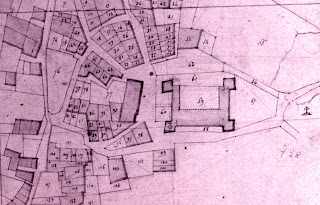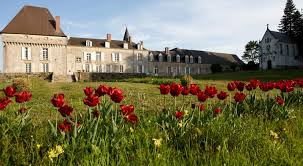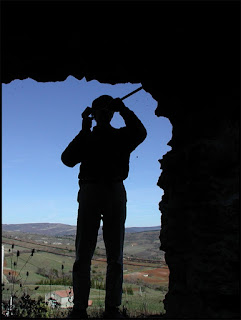
What will the paysans think of your chateau rescue shenanigans In the English speaking world calling someone a peasant is a term of abuse. You could say that ‘peasants’ in the UK are an unprotected and disappeared species. In France the word for peasant, ‘paysanne’, is a badge of honour. If you are a ‘vrai’ Paysanne’, you are a keeper of secrets and skills of the countryside, holding the fort against a rising tide of rubbish. Rubbish food, adulterated dairy, radiated lettuces. A modern life of keyboards and fashionable ideas in a pre-fabricated world. Paysannes still pick great bundles of vegetation every afternoon for their rabbits and measure the rainfall. They have their own winter wood growing, cut, drying, stacked and split. Some things are best not left to others. Whopper crops of artichokes, beans and tomatoes are transformed into exquisite preserves. Dried mushrooms gathered at ancestral glades in the woods dry by the fire, a stock of home made confiture always at the ready. It...




